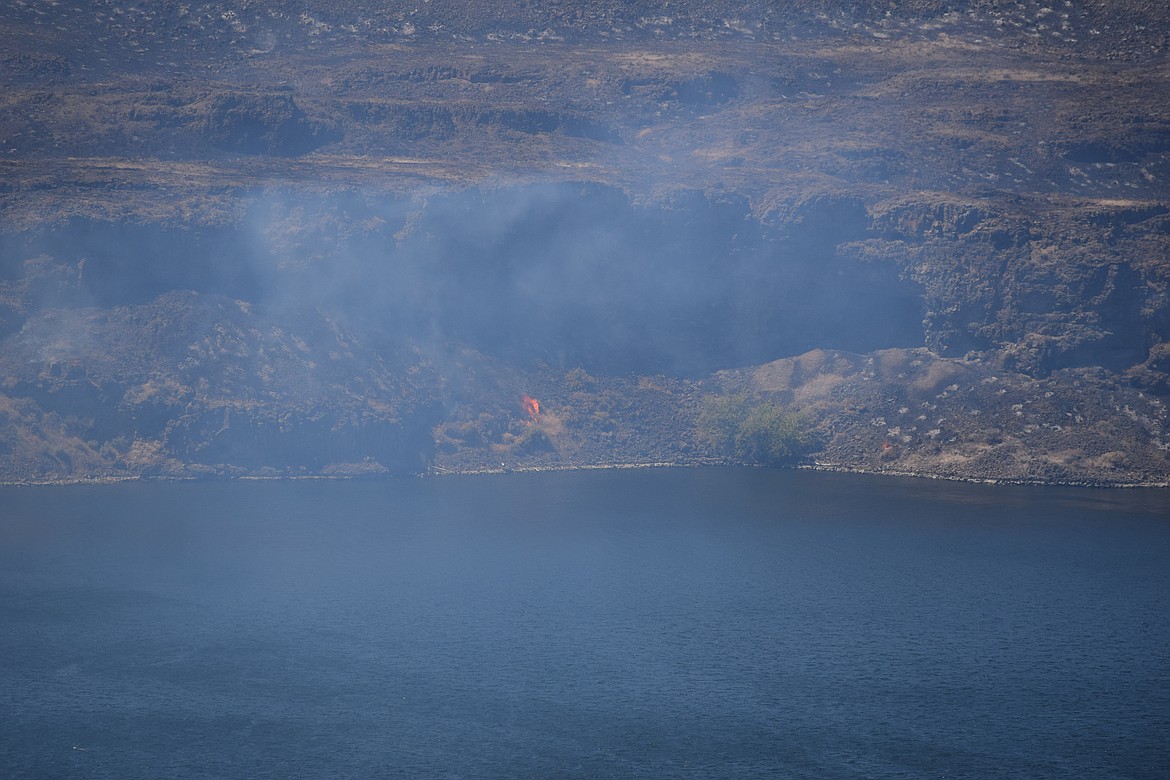Insurance and wildfires
MOSES LAKE — A lot of things can damage a home, but according to insurance agent Steve Crapson, fire is different.
Become a Subscriber!
You have read all of your free articles this month. Select a plan below to start your subscription today.
Already a subscriber? Login





